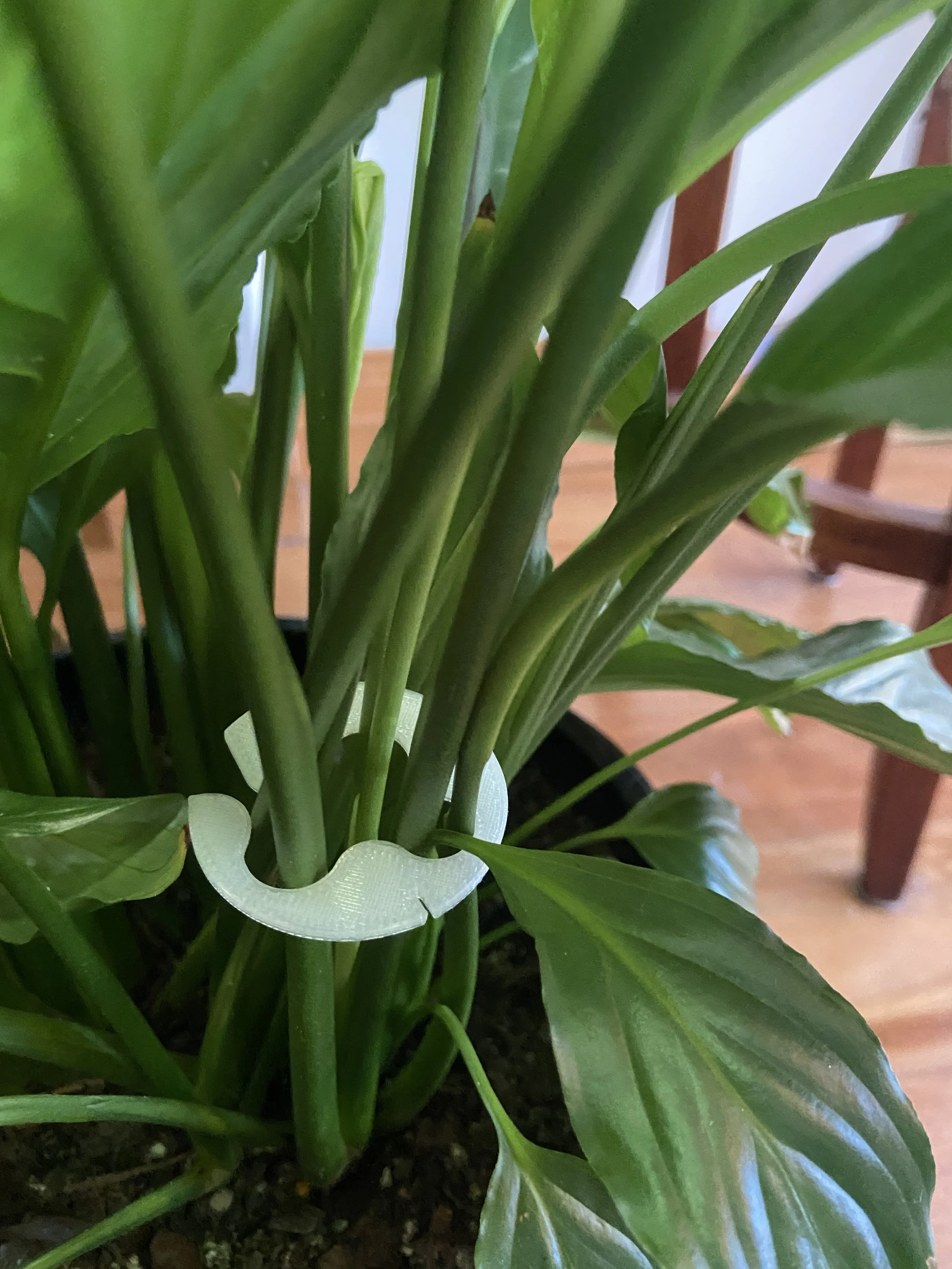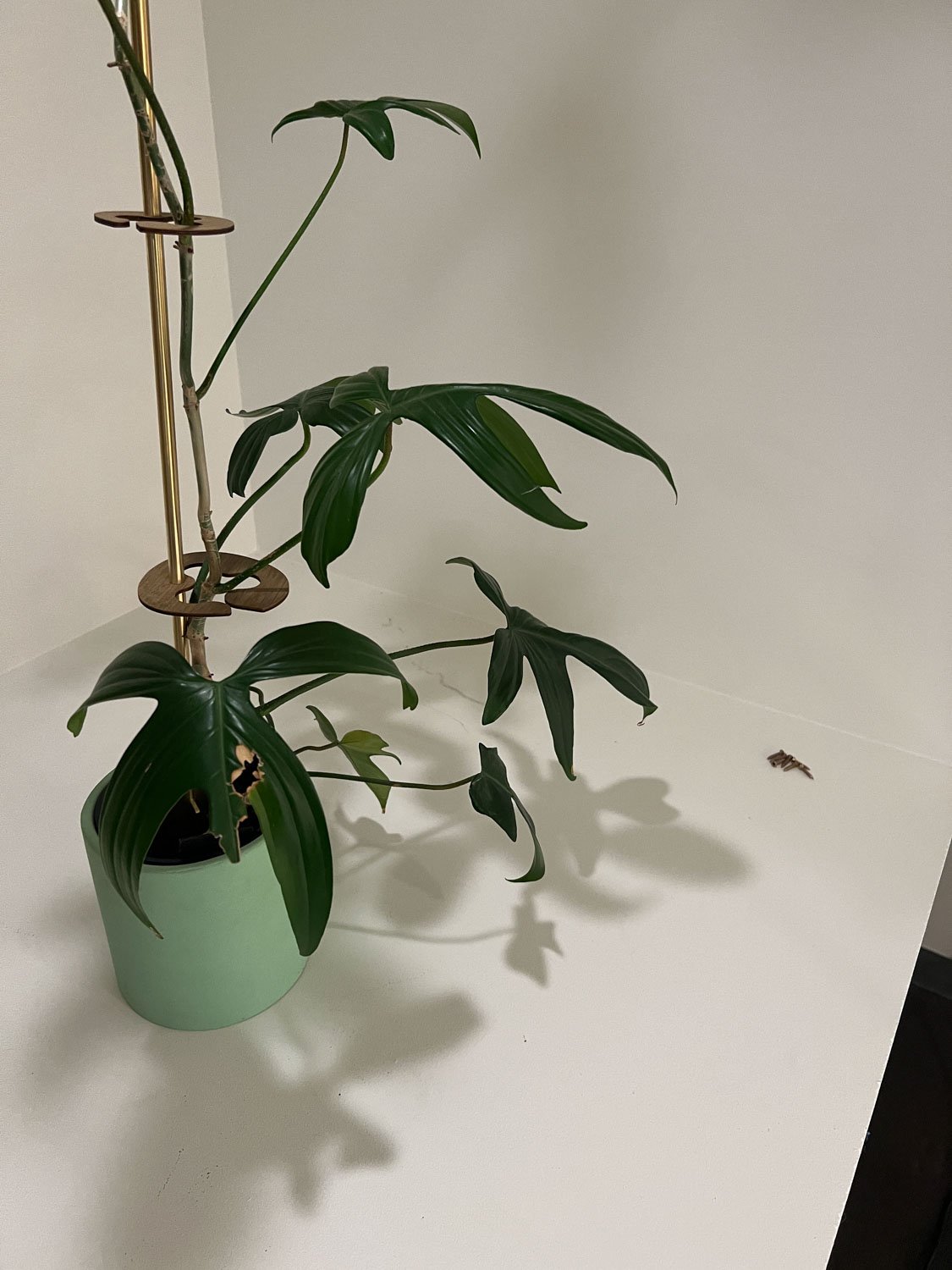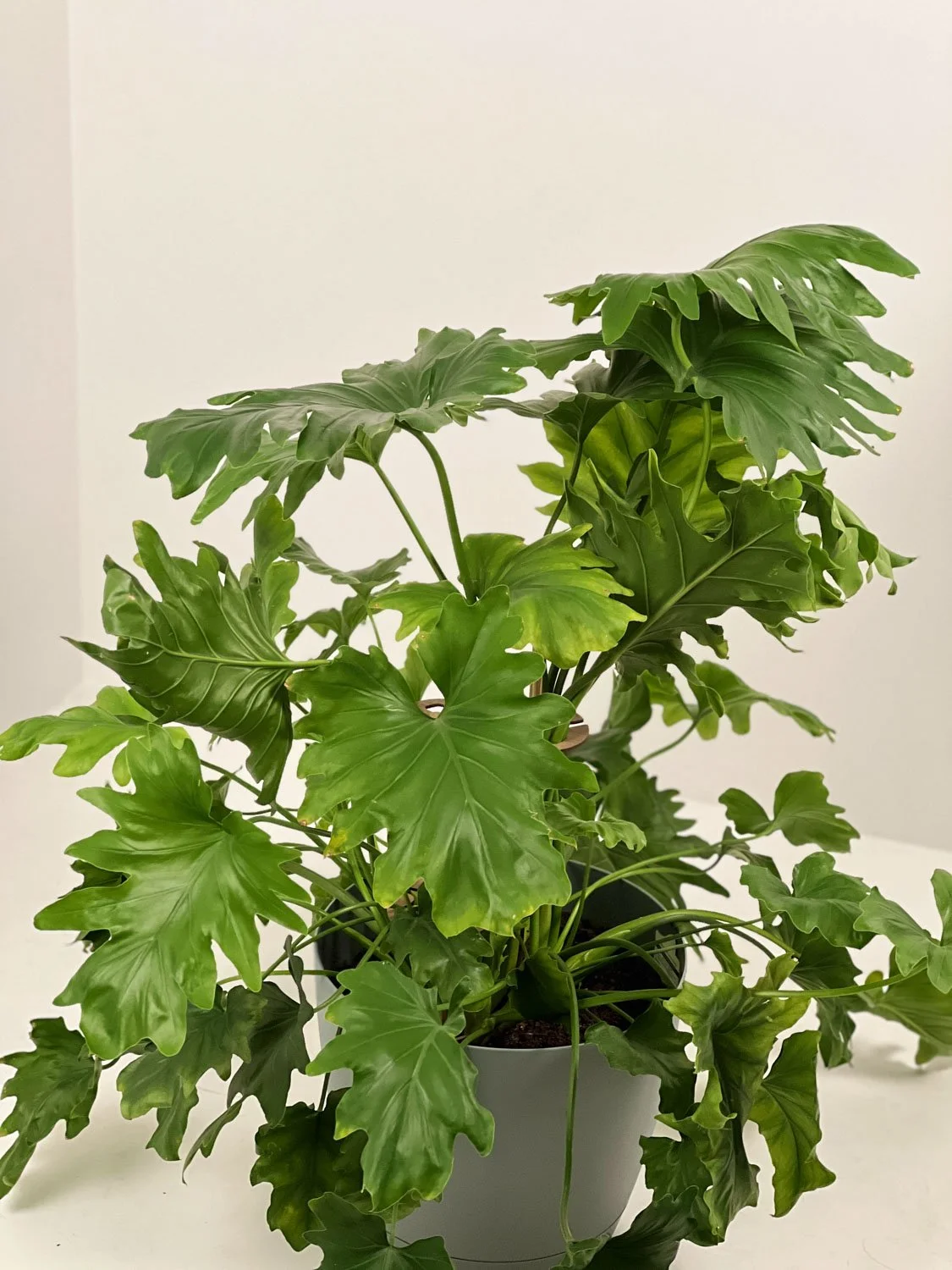Professional Industry Experience Placement - Overview
“My Professional Industry Experience (PIE) has proven to be a vital and enriching experience seamlessly integrated into my studies at Swinburne University. Serving as an elective subject, this industry placement offered insights into the real-world application of academic knowledge within a commercial environment. Notably, this experience aligns seamlessly with Swinburne University’s proactive recommendation for students to actively seek industry exposure as an integral part of their degree.”
The overarching objective of the PIE unit was to extend academic knowledge through active learning experiences grounded in a real-world context. This approach played a crucial role in fostering discipline-specific learning, providing students like myself with direct exposure to the dynamics of the professional workplace and the intricacies of the design discipline. My immersion in the day-to-day operations facilitated a profound understanding of workplace culture, challenges, and protocols, thereby contributing significantly to both my personal and professional maturity.
The PIE objectives are carefully crafted to equip students with a comprehensive set of skills and competencies, ensuring a well-rounded preparation for the demands of a professional career:
Application and Reflection: A key focus of the unit is to afford students the opportunity to apply and reflect on design principles and practices within the context of a work placement. This practical application served as a bridge between theoretical knowledge and its real-world implementation.
Management Tools and Strategic Direction: Understanding the management tools and strategic direction of the organisation is a crucial learning outcome. This encompasses the mastery of time, tasks, and resources within industry-specific design practices, providing valuable insights into the operational facets of a professional setting.
Client, Customer, and Team Dynamics: The unit aims to foster critical analysis skills in assessing the impact of client, customer, and team dynamics on design projects. This holistic approach acknowledges the interconnected nature of interpersonal relationships and their profound influence on the success of design endeavours. It underscores the importance of navigating and understanding the dynamics inherent in client interactions, customer expectations, and collaborative team efforts.
Business Processes and Communication Practices: Exploring and applying business processes, professional language, communication practices, and company protocols are integral components. This not only facilitates a deeper understanding of industry-specific language but also honed communication skills vital for professional settings.
Project Outcomes Discussion and Illustration: The Unit encourages students to articulate and visually illustrate the outcomes of the design projects to which they contribute. This interactive approach provides a platform for showcasing individual and collaborative contributions to real-world projects. It fosters the development of presentation skills and the ability to communicate design outcomes effectively, both verbally and visually.
Demonstration of Competencies: The overarching goal is to showcase competencies across a spectrum of areas, including task and time management, interpersonal communication, initiative and problem-solving, professional behaviour, independent learning, and leadership skills. The emphasis on these competencies aims to prepare students comprehensively for the multifaceted demands of a professional career in the design industry.
“My experience as part of Swinburne University’s Professional Industry placement, has not only provided a rich understanding of the practical applications of academic knowledge but has also significantly contributed to my personal and professional growth. PIE’s well-crafted objectives, spanning from practical application and project management to interpersonal dynamics and communication practices, have equipped me with a diverse skill set. This paid experience has undoubtedly enhanced my readiness for a successful career in the design industry, offering valuable insights that extend beyond the confines of traditional academic learning.”
Early Prototypes and Renders of stem, designed by Lucy Norbury.
Over the course 2020, in my role as a 'Design and Production Assistant’, helped me to develop a comprehensive and dynamic understanding of the design industry, particularly in the context of a small independent business. The experiences and challenges encountered have shaped my perspectives on design practice, business management, communication strategies, technical skills, and professionalism.
Design Practice: A Balancing Act: Initially, my primary responsibilities included adopting and completing projects assigned to me. Due to the constraints imposed by the ongoing COVID-19 pandemic, there were fewer large projects, leading to a focus on collaborative efforts, such as a new lighting design and reworks of existing parts for improved efficiency. What became apparent early on was the intricate balance required between aesthetic design elements and considerations for manufacturing.
The design process was collaborative and involved informal meetings where sketches, renders, and technical drawings were presented. Subsequent individual or group work sessions were followed by reviews and discussions until a satisfactory deliverable was achieved. This iterative process not only sharpened my design skills but also exposed me to the importance of precision in the manufacturing phase, avoiding costly errors. Complex tasks were often open for discussion after group meetings, encouraging a collective problem-solving approach.
Business Practice: Adapting to Change: One significant learning moment centred around a project with a large construction company. Despite the initial momentum, the complexities of a large corporation's legal processes and delayed payments led to the strategic decision to drop the project. This experience highlighted the importance of risk assessment and financial considerations in business management, factors that became even more crucial during the uncertainties of the pandemic.
In the realm of business practice, the adaptation to remote work brought about by COVID-19 showcased the necessity of efficient communication tools. The introduction of Asana for task management, alongside virtual meetings, underscored the importance of well-organised systems during times of disruption. Moreover, the shift in workload assignments and communication methods demonstrated the flexibility required to maintain productivity and cohesion within the team.
Communicating Design: Visual and Verbal Harmony: Effective communication has been a cornerstone of the design process. Visual and verbal communication within the design team was emphasised, with a preference for presenting drawings and renders rather than written documents to clients. The shift to remote work further underscored the need for clear communication, leading to the implementation of tools like Asana and increased reliance on phone and video calls. The management system for orders, utilising individual job cards, emerged as a crucial communication tool, ensuring a seamless flow from design to production.
Early Prototypes and Renders of ridl, designed by Lucy Callahan.
Prototyping emerged as a vital aspect of the design communication process. The ability to create physical prototypes not only aided in visualising the final product but also served as a practical means of identifying and rectifying potential errors before entering the manufacturing stage. This hands-on approach to communication proved invaluable, especially when dealing with clients who may not have a technical background.
Technical Skills: Navigating Software Transitions: A significant aspect of my technical skill development involved adapting to a shift in CAD software from TurboCAD to Fusion360. Fusion360's cloud-based platform required a collaborative effort to ensure a consistent understanding among team members. Recognising the importance of maintaining a clear file structure and adhering to a standardised CAD process became crucial in a collaborative design environment.
Refining specific technical skills, such as ordinate dimension techniques in technical drawings, was another focus of my placement . Understanding the preferences of different engineers and maintaining a consistent approach not only improved collaboration but also streamlined the design process. A custom furniture project presented a unique challenge, requiring a multidimensional skill set, from on-site measurements and hand-drawn sketches to translating designs into a CAD environment.
Professionalism: Navigating Work Relationships: Professionalism in the workplace, especially in the context of a relatively relaxed environment posed interesting challenges. Finding a balance between casual conversations and focused work became particularly relevant as the team transitioned back to in-person work. Navigating work friendships and understanding the distinction between professional and personal interactions highlighted the need for a nuanced approach to interpersonal relationships in the workplace.
Maintaining a high level of professionalism with clients was emphasised, especially during meetings where noise could carry in the open-plan office layout. The importance of presenting oneself confidently, as learned from experiences with external collaborators, underscored the significance of making a positive first impression in a professional setting.
Photography shoot of stem.
Summary: A Year of Growth and Adaptation: My Professional Industry Experience (PIE) has been a period of substantial growth and adaptation. The challenges posed by the evolving work environment, exacerbated by the impacts of COVID-19, have equipped me with a versatile skill set applicable to various design scenarios. The importance of clear communication, adaptability, and a balance between professionalism and camaraderie has been ingrained in my approach to work.
As a small independent business providing end-to-end product development services has left an indelible mark on my understanding of the design industry.
The experiences garnered in projects ranging from lighting designs to custom furniture have not only honed my technical skills but also enriched my appreciation for the intricacies of design for manufacture.
As I prepare to embark on my capstone project and future endeavours, the lessons learned will undoubtedly serve as a solid foundation. The importance of well-established systems, clear communication, and the inevitability of making mistakes along the way are valuable takeaways that will continue to shape my approach to design and professional growth.






















